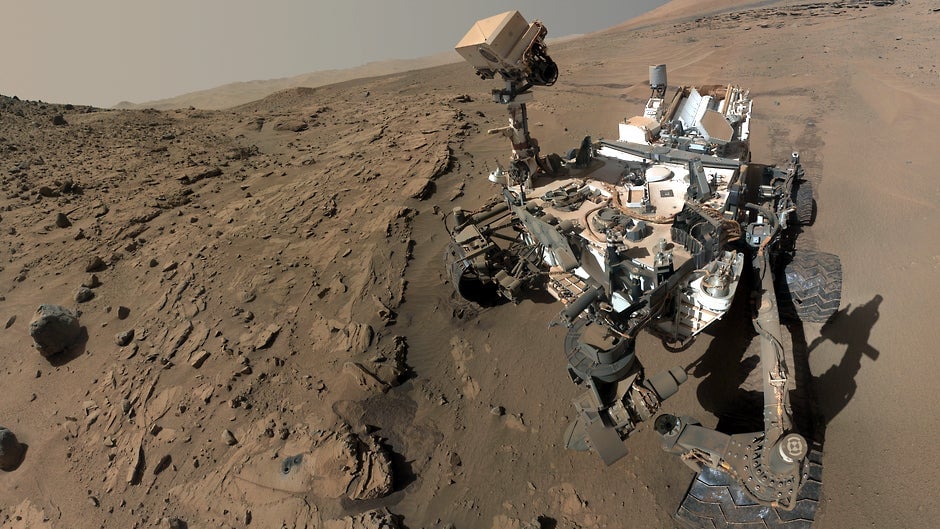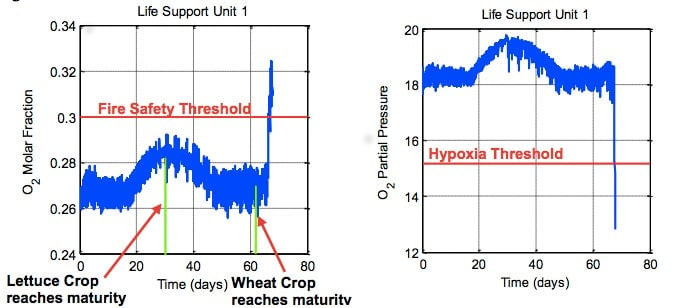Yes, the people going to Mars on a Dutch reality TV show will die
Mars One, an organization based in the Netherlands, has been recruiting amateur astronauts to send on a one-way, televised trip to Mars, with the hopes of building a colony there. The organization says that the technology to do this exists, or will be ready by the time of its expected 2022 launch date.


Mars One, an organization based in the Netherlands, has been recruiting amateur astronauts to send on a one-way, televised trip to Mars, with the hopes of building a colony there. The organization says that the technology to do this exists, or will be ready by the time of its expected 2022 launch date.
Not so fast, say a group of strategic engineering graduate students at MIT. A simulation of the Mars One plan (pdf) shared with the public at the recent International Astronautical Congress reveals the colonization project will likely end in disaster unless expensive changes are made.
Mars One plans on sending crews of four every two years to the Red Planet, where they will live inside space capsules and inflatable habitats, wringing water from the martian soil and growing much of their own food. The researchers took into account the various factors necessary for survival—maintaining a breathable atmosphere, avoiding starvation and dehydration, preventing fire and depressurisation—to see what the colony would need.
It takes 68 days for the first crew member to die.
That projected fatality is the result of suffocation, space style: The researchers found that growing plants would increase the amount of oxygen in the air to the point where it would need to be vented outside of the habitat to avoid increasing the pressure within the life support unit.

But there isn’t technology yet to vent oxygen separately from nitrogen, and indiscriminate venting would quickly cause the colonists to run out of the nitrogen used to maintain pressure, creating a situation where there will be not enough air pressure for crew members to breathe, but enough oxygen in the habitat to create serious fire danger.
And did I mention that humidity in the capsule will hover around 100%, thanks to the agricultural efforts?
These failures sent the researchers back to the drawing board, considering options that would avoid this problem by bringing all of the food needed for the colonists or growing it in a completely separate habitat. Both of these options are more feasible, but require far larger shipments of supplies than Mars One’s organizers have planned.
Ironically, it’s more efficient to simply bring food to Mars than attempt to grow it, since the additional infrastructure for the plants will require far more replacement parts. Ultimately, supporting the first crew of four on Mars will require about 15 launches of a heavy rocket like SpaceX’s forthcoming Falcon Heavy, costing about $4.5 billion on their own.
Given that Mars One’s projected budget for the first crew—including launches, years of training, supplies, specially built space craft and habitats, ground control, communications technology and a Martian rover—is $6 billion, they’d better start thinking up new fundraising tactics, or hope the costs of space access drop dramatically in the next eight years.
Update: Bas Lansdorp, CEO and co-founder of Mars One, disputes this analysis, writing to say that “lack of time for support from us combined with their limited experience results in incorrect conclusions.” Lansdorp believes that adapting medical oxygen concentrators will address atmosphere control issues and that the MIT researchers over-estimate the weight of their components, but was unable to share any other details about his Mars plan.